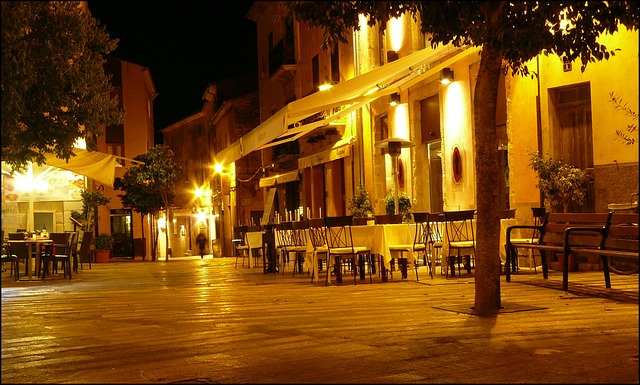
Without photoresist, a paint deteriorates upon contact with light.
Photoresistance is a term in which it is possible to recognize two parts: the compositional element photo- and the noun resistance . Photo- refers to light , while resistance refers to generating opposition or tolerating .
The notion of photoresistance has two main uses. In this way, it can be used with reference to the property held by those substances that do not suffer any type of alteration due to the influence of light . On the other hand, photoresistance is also called the attribute of objects that, due to the incidence of light, register a change in their electrical resistance .
Materials that are not changed by light
The first mentioned meaning of photoresistance is linked to the ability of some materials to resist the action of light . In this sense, it is important to indicate that light waves can modify the color and other characteristics of the elements.
That which has photoresistance, therefore, remains unchanged despite receiving light influence . It is possible to carry out a photoresistance test to find out if the substance in question will react to light or will manage to retain its qualities .
Take the case of a painting : to a greater or lesser extent, light always reaches it once it is applied. Depending on the composition of the product, it may have more or less photoresistance. A paint with poor photoresistance will lose its color in a short time .
Photoresistance and electricity
The second meaning that we point out of photoresistance is related to the electrical resistance of bodies. According to the definition provided by the Royal Spanish Academy ( RAE ), photoresistance is a feature of things that, depending on the presence or absence of light, experience a variation in their resistance .
By extension, the electrical component whose resistance changes based on the value of the light intensity is called photoresistance. This is the essential piece of lighting systems that turn on and off automatically based on the amount of light.
When the photoresistor detects that there is a lack of sunlight, its electrical resistance registers a change and the artificial lighting is switched on. On the contrary, if the photoresistor captures the sun's rays again, it orders the system to shut down.

Photoresistance allows the development of lighting systems that turn on and off depending on the presence or absence of natural light.
Its operation
These photoresistors house a photoreceptor cell with a semiconductor , characterized by the property of modifying its resistance based on the light it receives. Generally, the higher the intensity, the lower the resistance.
Thus, the cell , upon perceiving a lumen level lower than a certain limit, causes contact that results in the artificial lights being switched on.
Photoresistors are used in multiple lighting systems . They are also present in security cameras and other devices, allowing their operation to be automated.
Suppose a person wants the exterior lights of his home to turn on automatically when night falls. With a photoresistor, you can fulfill your objective, ensuring that the facade of your house is always illuminated, whether by the sun or by the artificial luminaire.
